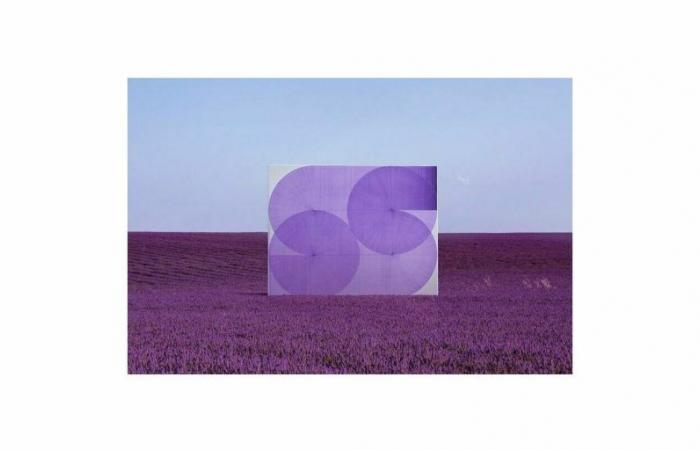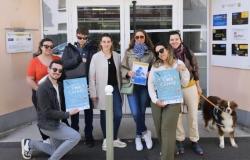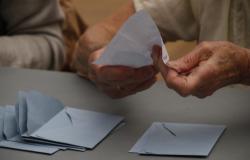CEvery year, at the end of June, the Hyères Design Parade opens its doors at Villa Noailles. Founded in 2006 by Jean-Pierre Blanc, with Andrée Putman as godmother, this event aims to promote contemporary creation in the field of design. The highlight of the event is the competition, which exhibits the works of ten young designers. Chosen from among hundreds of applications, by a jury chaired this year by Fabien Cappello, the finalists, just out of design schools, rush to this “debutante ball” to propel their careers.
Among the creations of the 2024 edition, some ingenious ideas. Designer Vassili Tchernitchko designed a handle that can be used with the arm, a practical alternative to using handles with the bare hand. Juliette Rougier, for her part, makes marquetry furniture from scraps of Provençal canes, traditionally used to make reeds for wind instruments. Camille Sardet proposes, with “Faire feu de tout bois”, a new approach to domestic fuels. She reinvents wood heating with a low-carbon footprint solution from unexplored resources, replacing the traditional dance of flames from compressed logs with a more ecological alternative.
Reading the explanatory speeches, which without exception cover the entire semantic field of the environmental concerns of their authors, confirms that the ten finalists must not only convince by the quality of their work, but also by their commitment to sustainable and innovative practices.
A laboratory for young creation
The festival stands out from major fairs like Design Miami, Basel, or PAD, which are often criticized for their commercial orientation and their concentration on a handful of art superstars. The Design Parade, on the other hand, is dedicated to the emergence of new talents. The originality of this laboratory of the young contemporary scene also lies in its exceptional setting: the Villa Noailles.
Built in 1923 by the architect Mallet-Stevens and commissioned by patrons Charles and Marie-Laure de Noailles, this modernist residence offers a unique setting for the works of young designers. This prestigious environment contributes to the credibility and growing notoriety of the event on the international scene.
The growing influence of the Design Parade is palpable when reading the ever-expanding list of its partners. This year, 43 companies and institutions, including Chanel, Hermès, Van Cleef & Arpels, Vitra, Artek, and Tectona, are supporting the event. Most recently, Porsche opened the festival with a performance by Dutch artist Thomas Trum.
His kaleidoscopic and colorful works are deployed in the heart of Provençal nature to better celebrate color, a fundamental element of the builder’s identity. Iconic hues such as Guards Red, which appeared on the Porsche 911 930 in 1975, Ruby Star, a deep magenta, and Miami Blue, mix to form kinetic compositions that evoke the work of Julio Le Parc.
By launching the sixth edition of its global traveling initiative dedicated to art and design, Porsche confirms its strategic shift. The brand aims to go beyond its image as a car manufacturer to position itself as a global luxury brand, invested in supporting emerging talents in the visual arts and design. Visually impactful, the event is a success. It remains to be seen whether this initiative will be enough to convert the crowd of bobos, most of them with vegan burgers in hand, into customers of Porsche GT3 RS (or at least electric Taycans).






